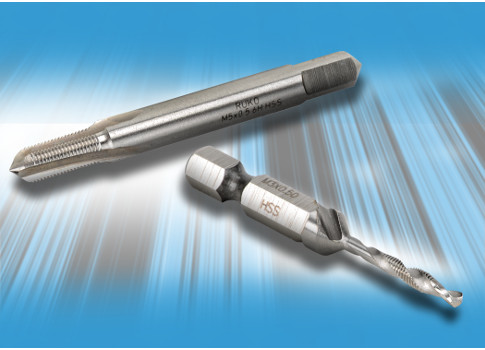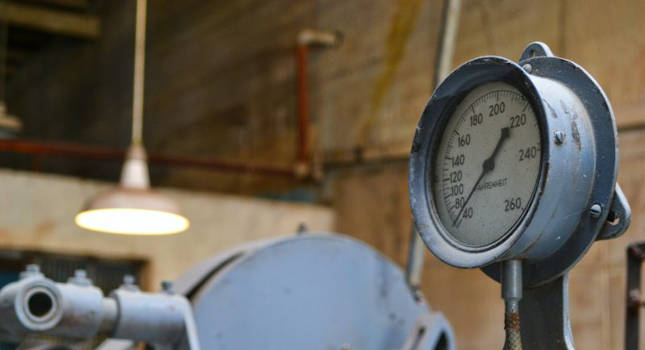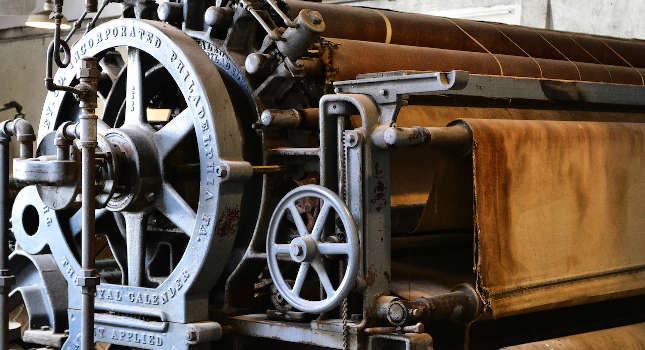In reviewing the array of power protection options, those responsible often think in terms of products rather than holistic solutions. While that may seem like the easy approach up front — just buy a big uninterruptible power supply and be done with it — most users find that a bit more analysis in the beginning yields optimized equipment protection and better addresses the full spectrum of power problems.
Of course a large, centralized UPS system from a quality vendor will provide excellent protection against the widest range of power disturbances for any connected equipment. This is especially true in data centers and other high-density computing or communications environments. However, a UPS alone may not fully address some of the less frequent, yet potentially devastating power quality threats to many industrial applications. Protecting some types of equipment with large motors and other demanding inductive loads can require special installation configurations to avoid disruption to the operation of other connected equipment. In fact, some pieces of equipment require the level of defense a UPS offers, combined with specialized power quality equipment — particularly when more than 90% of power problems are caused by:
-
Transients : voltage spikes and surges that are at least double the RMS voltage
-
Noise : High frequency, low voltage disturbances that are independent of fundamental frequency.
-
A transient is a very short duration event (microseconds) that is seen as a significant overvoltage or impulse on the ac sine wave.A transient is a small fraction of a 360-degree sine wave. Transients originate from a variety of internal and external sources including lightning, electrical accidents and utility grid switching, as well as routine operation of nearby equipment such as elevators, copiers and air conditioners. It is estimated that as many as 70% of transients originate inside the facility, making localized solutions advisable.
Effects of transients
It is common to assume that electronic component failure is a fact of life. But most such failures result not from equipment wear, but from exposure to transients. These voltage anomalies can cause system lockups, corrupt data, erase memory and damage circuit boards as shown in Figure 1.
Figure 1. Component damage such as this does not happen spontaneously; it’s the result of transient voltage.
The resulting production delays, maintenance costs, idle workforce and spoilage make justification of transient mitigation relatively easy. Implementation of transient voltage surge suppression as part of a comprehensive power solution is not only easy, but affordable with immediate, measurable results.
TVSS solutions
Everyone has seen the surge suppressors on the shelf at the local discount store and these may be of some use on your family PC — as an extension cord if nothing else. However, the right TVSS solutions for industrial applications should undergo stringent, industrial-grade safety and performance testing and adhere to guidelines from recognized agencies. Specifically, these include:
-
UL1449 Second Edition 2005 for TVSS: requires all TVSS to be certified, tested, and marked with a Short Circuit Current Rating / CUL
-
UL1283 Fourth Edition 1998 for EMI Filters
-
National Electrical Code (NEC), Article 285 for TVSS: TVSS SCCR must be equal to or greater than the short circuit current available at the point of connection to the power system
-
ANSI/IEEE C62.41.1,.2 – 2002 and C62.45 – 2002 for TVSS
-
NEMA LS 1-1992 for TVSS
-
Properly designed surge suppressors incorporate metal-oxide varistors, thermal fusing, fault current fusing, coordinated fusing and proper containment. They are best installed in close proximity to the protected load, based on the nominal voltage as indicated in Figure 2.
Figure 2. TVSS effectiveness as related to lead length.
Equipment and areas to protect include motor control centers, lighting panel boards, low voltage switchgear, OEM cabinets, switchboards and power distribution units. In many industrial applications, it is wise to use TVSS in conjunction with UPS systems as an added measure of protection and to maximize UPS life in particularly harsh environments.
When selecting TVSS devices, it’s useful to note that typical installations often use 250 kA per phase (125 kA per mode) devices at the service entrance and 160 kA per phase (80 kA per mode) devices at the branch panels. In addition, users can select from units that feature diagnostic capabilities from basic LED indicators to audible alarms and dry-contact closures, as well as options such as disconnect capabilities, surge counters and remote monitoring. Using TVSS designed to complement existing switchgear can simplify installation while maximizing protection.For example, some TVSS solutions include modular designs specifically to integrate seamlessly with switchgear from well-known manufacturers.
Although high quality TVSS devices will be among the most reliable in your plant, the manufacturer’s service and support network should not be overlooked. Factory trained applications and field engineers can provide information, training and assistance with specification compliance, engineering approvals, submittals, installation configurations, as well as any ongoing support needs. Comprehensive warranties that include onsite labor can be a valuable component to reduce the total cost of ownership in extensive installations.
Brad Amano earned a Bachelor of Science degree from the University of Southern California in Marketing and Finance, as well as an MBA from California State University, Long Beach.He has been with international organizations, involved in areas ranging from market analysis, product development and project management to systems analysis and design.Brad joined MGE UPS SYSTEMS in 2001 and currently serves as the Market Segment Manager for the Americas.
www.mgeups.com
-



